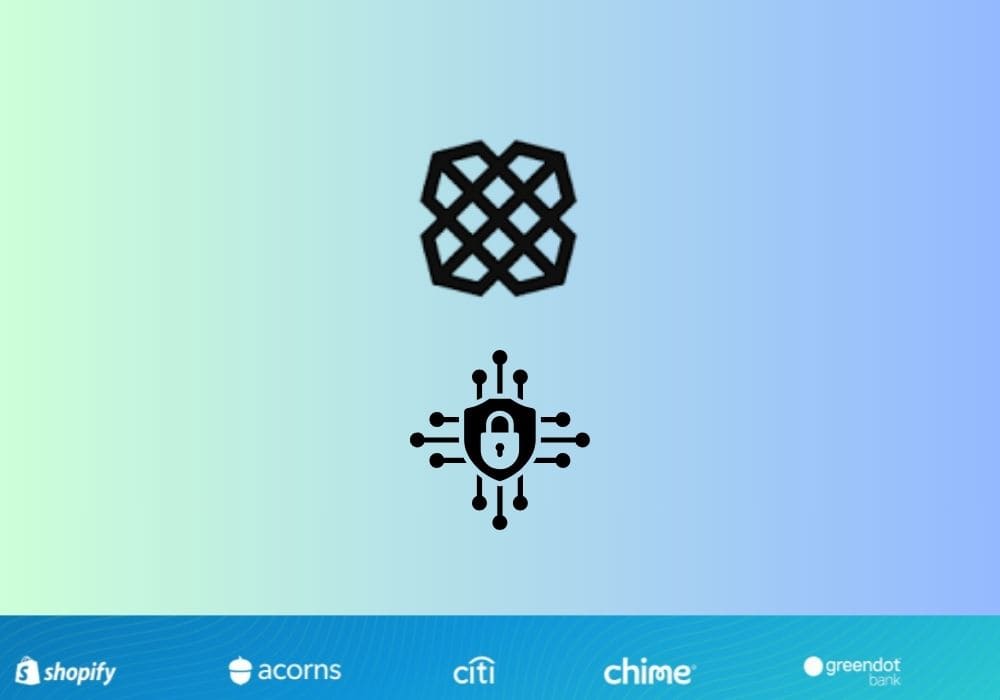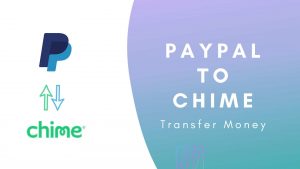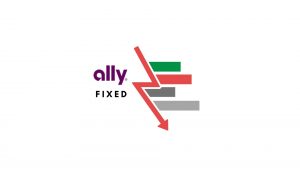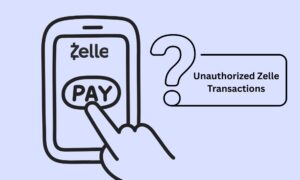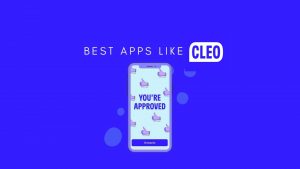In this digital age, you’ve to be more cautious of financing scams when making a payment, accessing your bank, credit union, or investment online.
According to the Federal Trade Commission (FTC), people lost over $12.5 billion to digital fraud, with the most common fraud recorded being Investment.
So, is there something you can do to avoid such scams? Well, Plaid is the solution.
Plaid is a fintech company that can facilitate your finances and creates a safety net around them. But what exactly is Plaid? And more importantly, is it safe to link your bank account to it?
This article zeroes in on Plaid’s purpose and what security it offers to safeguard your personal accounts.
So, after reading the article, you’ll make a well-informed decision on whether linking your bank account aligns with your financial needs.
Let’s barge forward without wasting any more time.
What is Plaid?
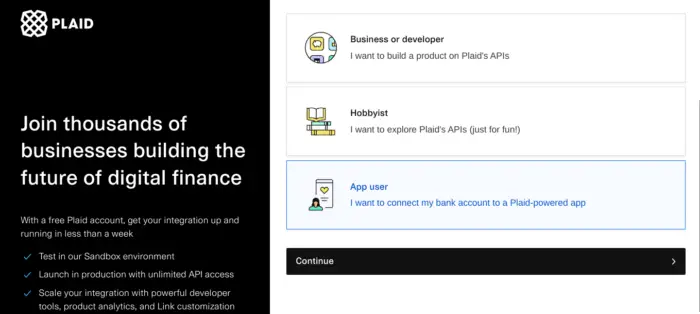
Plaid is a fintech platform that acts as a bridge between your bank account and various financial applications.
Plaid is a Fintech company that acts as a bridge between your bank account and other financial applications.
Astonishingly, it works with more than 1200 banks and credit unions across the United States, Canada, and parts of Europe, simplifying access while fighting fraud.
So, if you’re using Cash App to pay instantly to your loved ones, Robinhood to invest, or YNAB to track your spending, Plaid makes sure such platforms securely access your credentials.
Launched in 2013, Plaid backs hundreds of financial institutions by enabling seamless, secure data transfers.
Plaid lowers the risk of fraud by creating a safety net between your bank and an application.
For instance, if you use Plaid on any supported bank to link your bank account, your login details won’t be shared directly with the bank.
Instead, Plaid verifies your credentials and retrieves your data, such as your balance or transaction history.
You can manually link your bank account via Plaid’s portal or access your app to connect your account via Plaid.
You just need to choose your account, and Plaid will authorize your bank details, securely sharing them with the financial platforms.
And if you’ve a Fintech company, you can link Plaid to enhance security for your customers.
Is It Safe to Link Your Bank Account?
Unquestionably, it’s the safest platform to rely on when linking your bank account.
You can share your financial details without a second thought, as it’s the most trusted Fintech platform that many popular banks use.
Plaid uses multiple layers of protection, ensuring your connection is safe while sharing your bank credentials.
To know which technology or safety measures it uses, we’ve outlined the key aspects that you can consider before joining in.
Security Measures Plaid Employs
Akin to banks, it leverages AES-256 encryption, which is the most trusted security that most major banks use to protect your important data.
Using such a standard, not only is your data safe, but it also ensures your transaction remains unreadable to unauthorized parties.
On top of that, Plaid has multi-factor authentication and API protocols to enhance security.
Since Plaid doesn’t save your bank login details, you won’t have to worry about data leaks, which is another crucial part of security.
To ensure it doesn’t expose your credentials, it uses tokenized access that allows apps to receive only the necessary data—like your account balance.
Also, it’s GDPR (The General Data Protection Regulation) and (CCPA), The California Consumer Privacy Act, which gives transparency about how your data is used.
Another solid reason to know its trustworthiness is its partnership with household banks like JPMorgan and Wells Fargo.
Also, constant updates on improving security bolster Plaid’s credibility.
So when these measures add up, they create a robust framework for safeguarding your information.
Potential Risks to Consider
Not every aspect of Plaid is green; some risk is involved. No matter how big the platform is, there is a way to access it unauthorizedly. So what’s the fix?
When it comes to Plaid, it’s robust and has impressive security features, but it still went through data breaches in 2021, collected more data than required, and caused no misuse.
Anyway, the settlement has been done, and it has led to even more transparency by highlighting the importance of understanding what data you’re sharing.
Apart from that, your data may be at risk if a third-party app is compromised, as not every app has the same security standards as Plaid itself, so nothing is completely foolproof.
To avoid such situations, you must only use trusted platforms that have a solid reputation in the market.
You can avoid sites that don’t use HTTPS and look like Plaid. As such, websites can steal your information, misuse it, or even access your bank account.
So ensure you’re on the right app or website before linking your account.
Steps You Can Take to Stay Safe
The platform has built-in security that is enough to maximize your safety, but it’s still crucial to look into other factors.
- Verify the App: As I already said, never link your financial data before researching the app’s reputation. You must ensure it’s a trusted platform with real positive reviews.
- Monitor Your Accounts: Once you’ve joined any app, check your bank statements for unauthorized transactions every now and then to avoid significant issues.
- Use Robust Passwords: It’s one of the most crucial steps to secure your account. By creating a strong password mix of symbols, letters, and numbers, you can prevent unauthorized access. Use any password manager to store your passwords.
- Limit Data Sharing: Certain apps allow you to control what information Plaid shares, so you can choose to share only the minimum data when you can.
- Stay Informed: Finally, reconsider Plaid’s privacy policy and terms to see exactly how your data will be managed.
When you follow these precautions, you can further add a plus security benefit from Plaid’s convenience.
Should You Use Plaid?
Since it makes financial management a breeze, not using it might be a bad decision.
It streamlines the process of tracking expenses, transferring funds, making investments, and applying for a loan, all while providing top-notch security against fraud.
Not only does it secure your confidential financial data, but it also gives peace of mind when using less-trusted Fintech apps that support Plaid.
When you don’t use Plaid, you’ve to manually enter your bank details with apps; as a result, your data might be at risk, and it’s quite tiresome.
The major reason why you should use Plaid is its ability to connect with thousands of financial networks, ensuring compatibility, even for less popular names.
For developers and business owners, Plaid’s API makes building financial tools easier, fostering innovation in the fintech space.
FAQs
Plaid works with a wide range of apps, including budgeting tools like Empower, SoFi, P2P like Venmo, Cash App, and investment apps like Robinhood. On top of that, it supports lending platforms and accounting software.
Except for the information necessary for the app you’re using, it does not sell your data to any third-party company.
Yes, it gives you the flexibility to unlink your bank account from the app and the Plaid portal.
No platform assures 100% protection. However, with solid encryption and tokenization, it’s not easy to break through the wall. However, in any case, if a breach occurs, the platform notifies instantly.
Yes, it’s free for users who use apps to connect to it. However, for businesses, it can levy a service fee of $500 per month or more.
Wrapping Up
Undoubtedly, Plaid is one of the best platforms out there to link bank accounts to banks and credit unions securely.
You can keep tabs on your transaction history and make a payment with invisible protection against fraud.
Two-factor authentication, bank-level encryption, and regulatory compliance are the real deal that make Plaid a secure platform.
However, you should always verify a third-party app before linking your bank account. It must have a good record and have no vulnerabilities, so you can use Plaid with confidence.
Summing up, the platform has many perks that can overshadow its risks for most, but if you take proper steps to secure your financial data, it’s even more rewarding.

